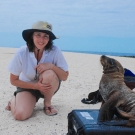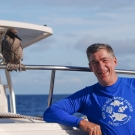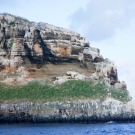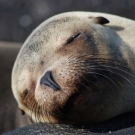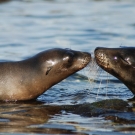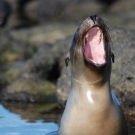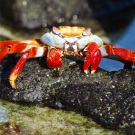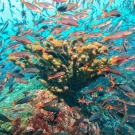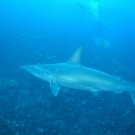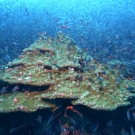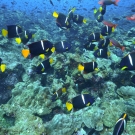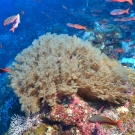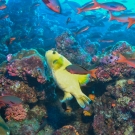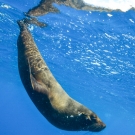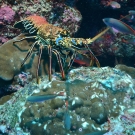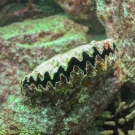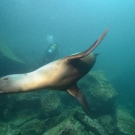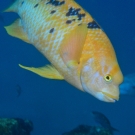Galapagos Islands
The Living Oceans Foundation conducted coral reef research in the Galapagos Islands in June of 2012 as part of the Global Reef Expedition. Unusual current patterns and low levels of human impacts provided us with a unique field laboratory to explore the potential implications of climate change in a natural setting and offered insight into how corals around the world may adapt to climate change.
The corals of the Galapagos Islands range from true reef-building corals to scattered coral colonies. Our goal was to evaluate how well these corals have recovered from past El Niño events, especially those that led to widespread coral bleaching and coral die-offs. We also evaluated the potential impacts of ocean acidification by measuring the acidity of the water and collecting coral cores to determine how much they have grown over the last decade. Additionally, we researched the reproductive patterns of corals, the extent of coral diseases and predation, the amount of erosion, and the health of species.
Over the course of 16 days, a multidisciplinary research team from the Khaled bin Sultan Living Oceans Foundation, University of Miami, University of the Virgin Islands, Pennsylvania State University, Nova Southeastern University National Coral Reef Institute, NOAA AOML, Instituto NAZCA de Investigaciones Marinas, and the Galápagos National Park conducted detailed coral reef surveys around 8 islands in the Galápagos.
What we found in the Galapagos gives us a glimpse into the future of coral reefs. Although the reefs were struggling, individual coral colonies were surviving in what is a relatively extreme environment. There were signs of hope, as reefs were surrounded by abundant schools of fish, and corals showed remarkable signs of recovery from a strong El Niño event that decimated corals in the Galapagos in 1983.
At the request of the Galápagos National Park, we developed the Galápagos Coral Reef and Community Monitoring Manual to serve as a practical guide for scientists, managers and dive operators to document changes to the condition of coral reefs and coral communities within the Galápagos. We also used the data we collected on the expedition to publish the first-ever high-resolution seafloor habitat maps around the Galapagos Islands. Maps of the seafloor around Baltra, Darwin, Floreana, Isabela, Marchena, Urvina, and Wolf Island islands on our World Reef Map, ready to explore. All of this invaluable research was shared with local resource managers to help them protect and preserve corals in the Galapagos Islands.
